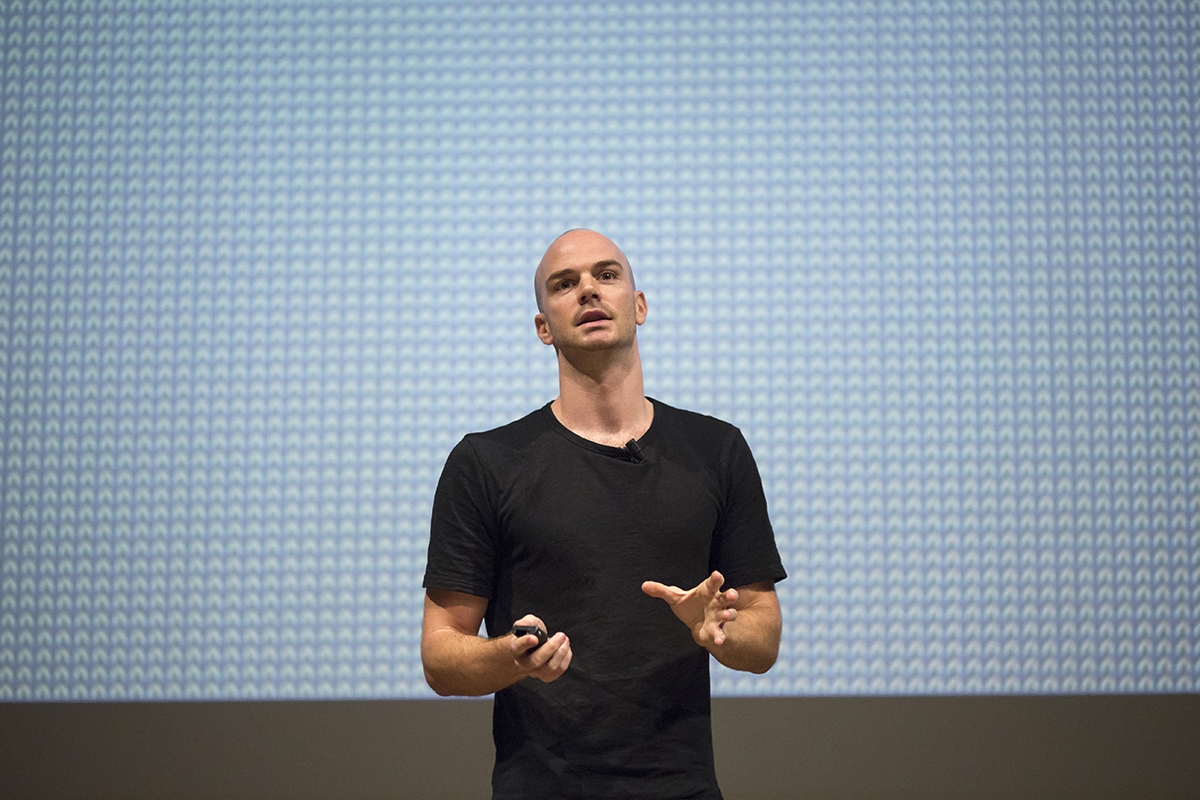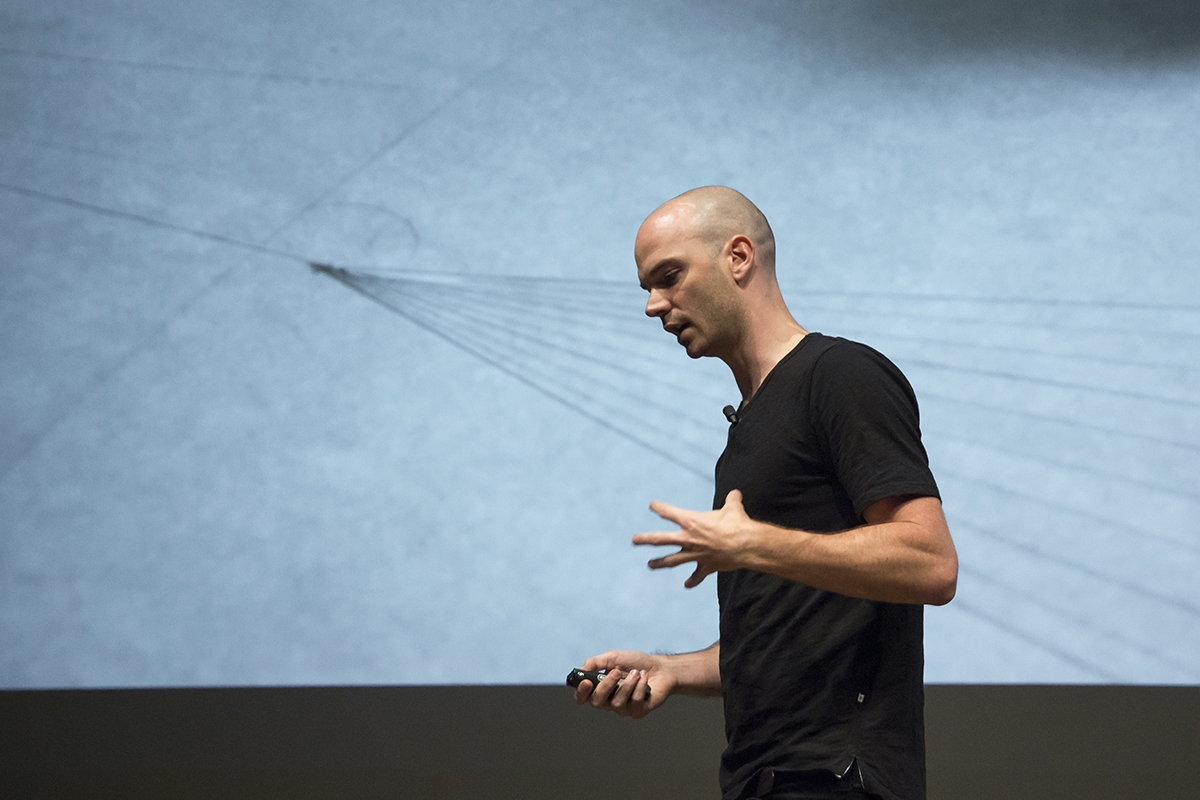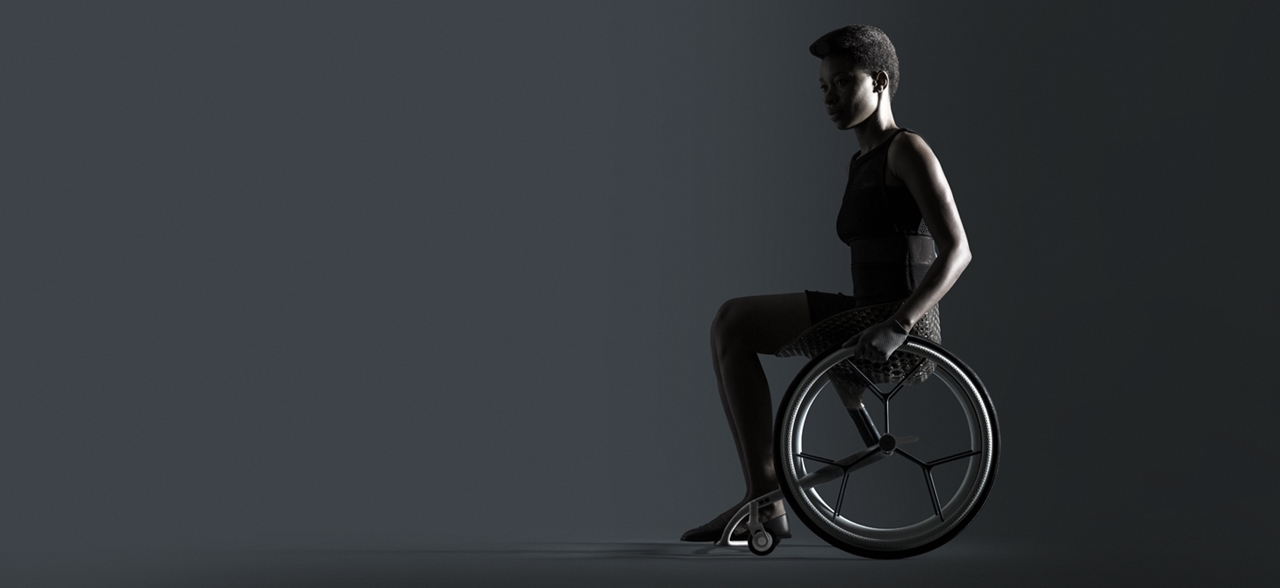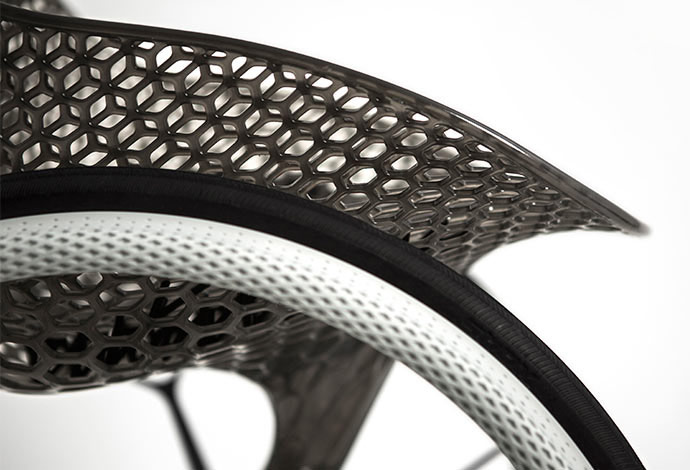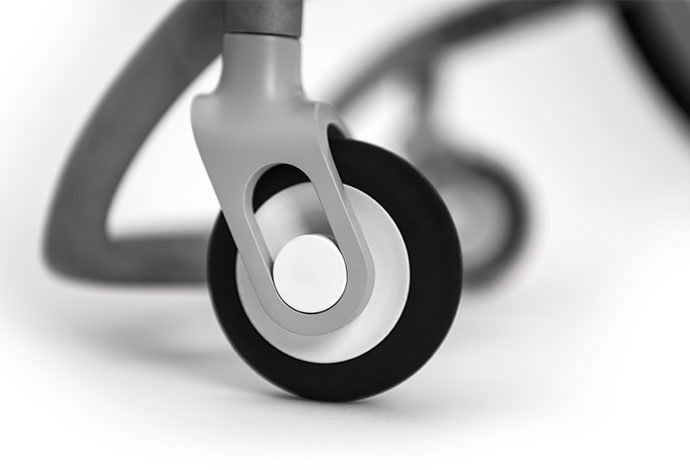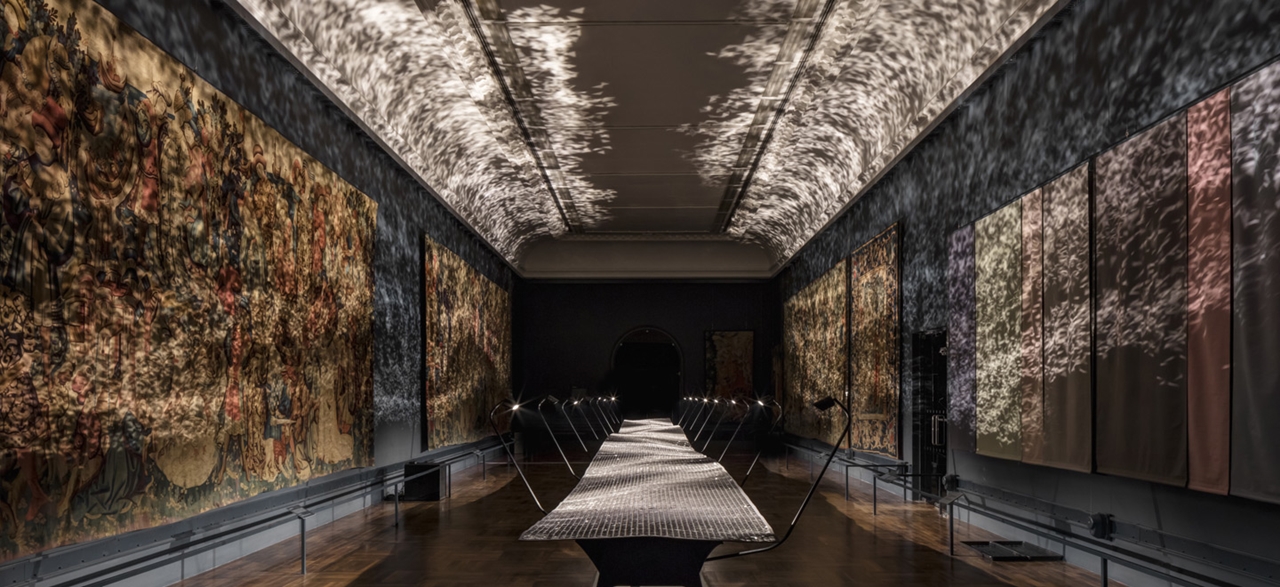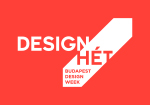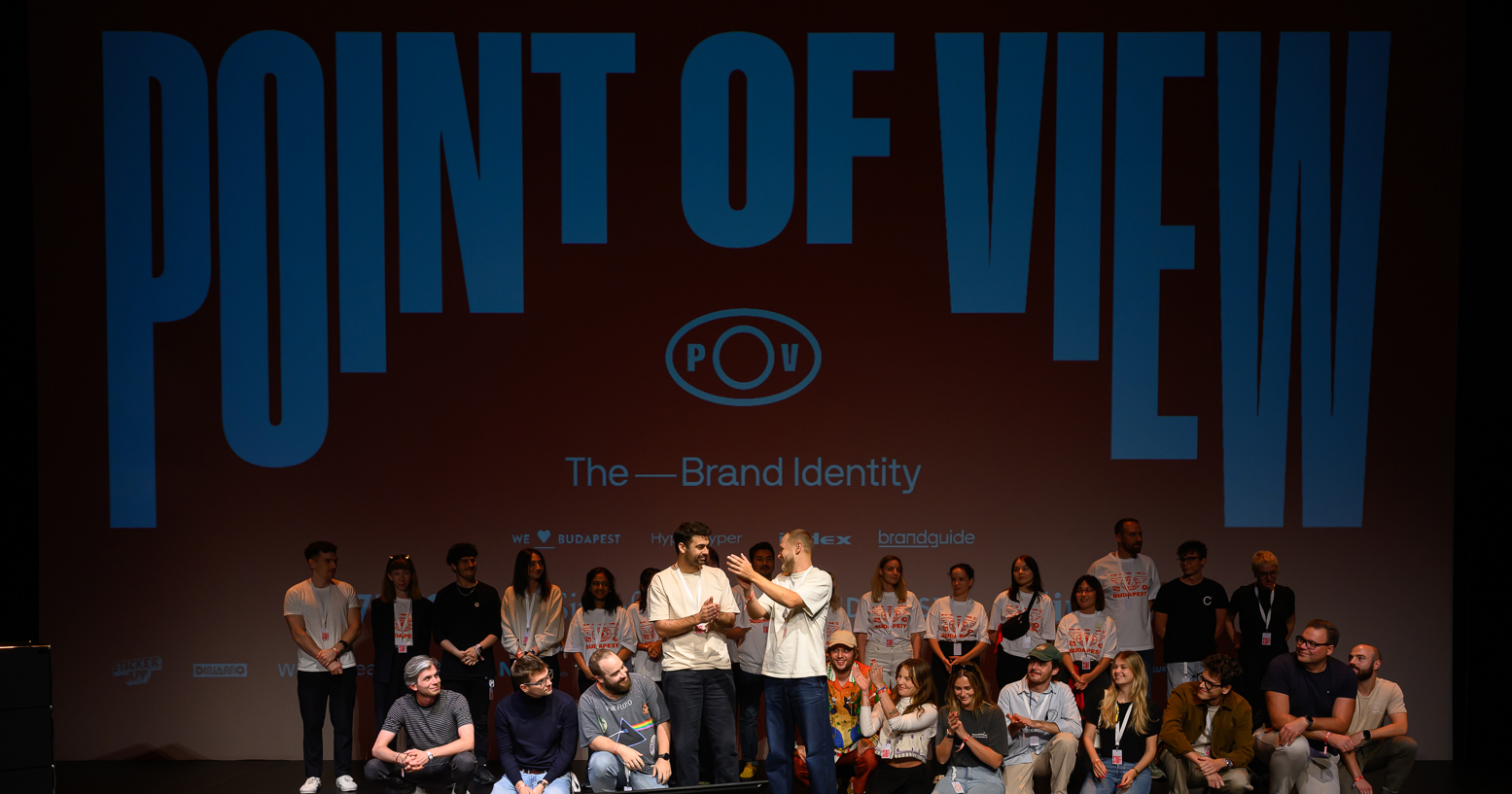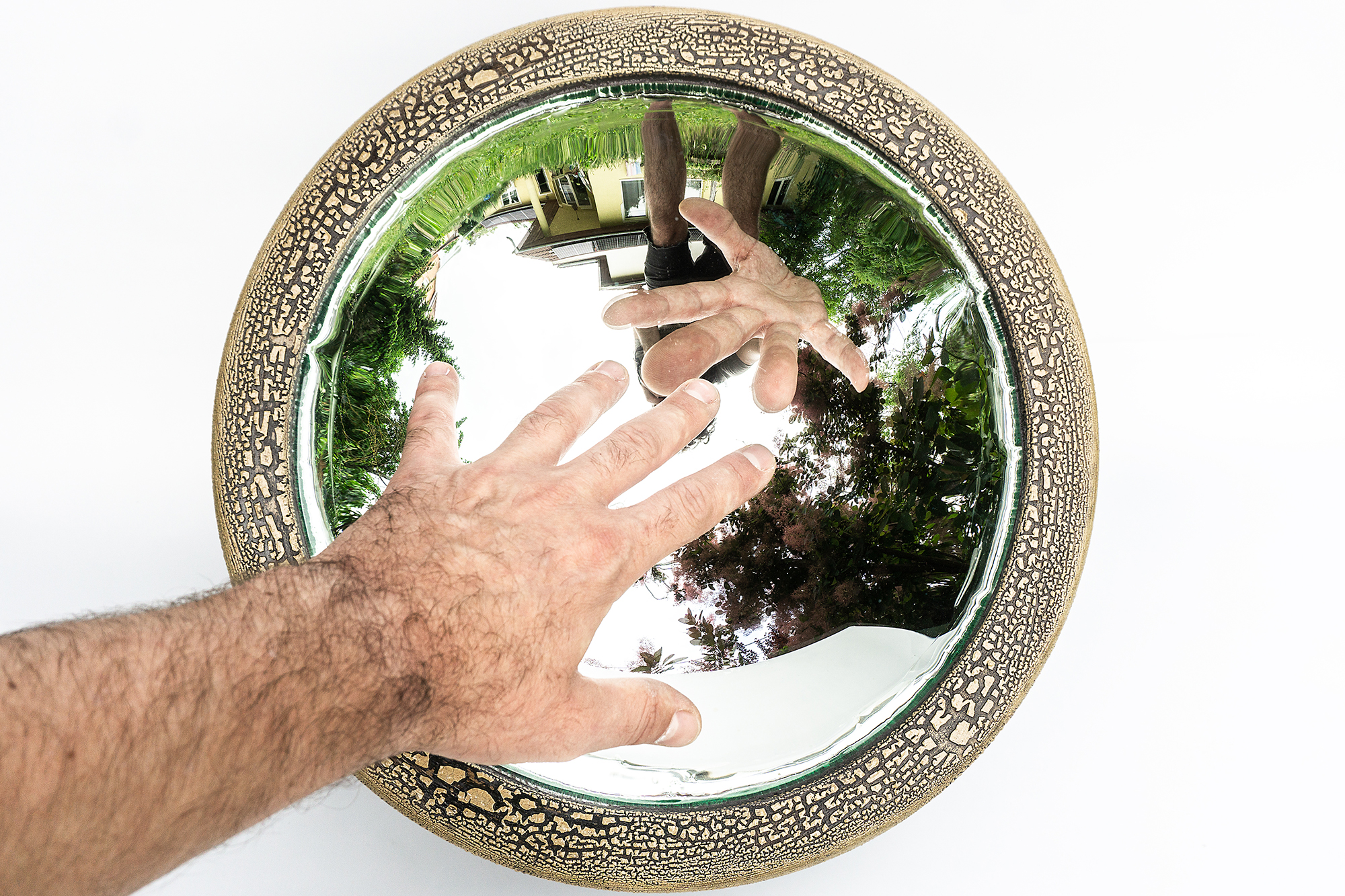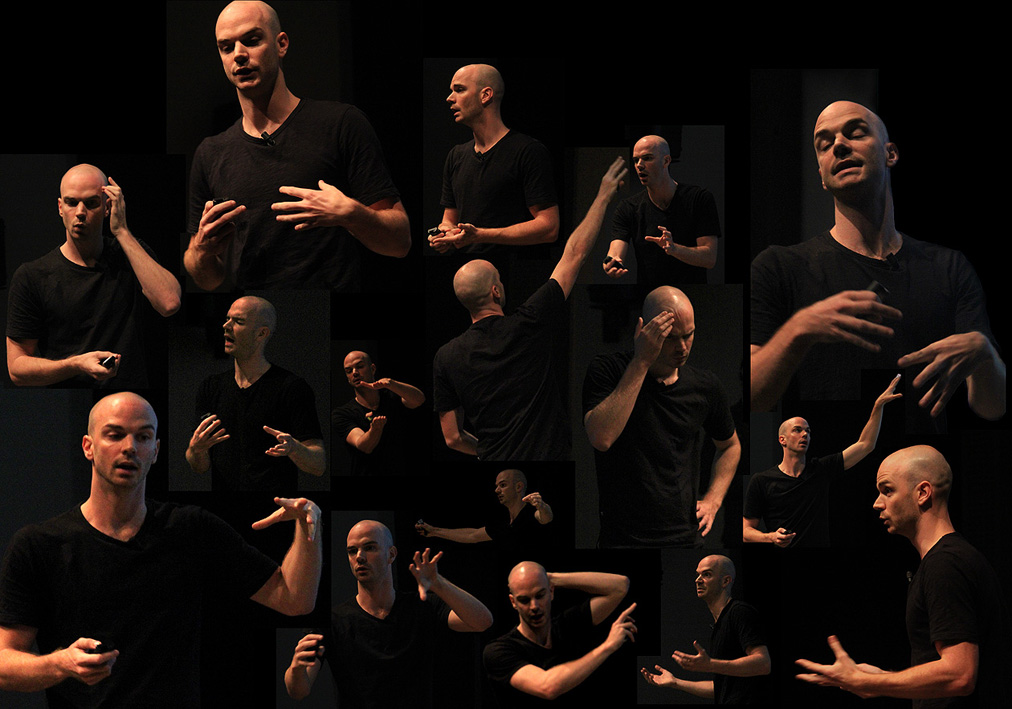

Benjamin Hubert on human-centered approaches and the rewards of good design
Regarding Benjamin Hubert’s practice design is something, that can be “restarted” anytime. Design is ready to restart. Things can be reinvented and redefined constantly.
It is a well-known fact, that in 2015 the english designer changed the name of his studio from Benjamin Hubert Ltd. to Layer. It wasn’t just a question of rebranding, but a question of finding new perspectives in designing itself. A change in the designer’s mindset and philosophy. Maybe design as a field of culture is also now ready to be restarted; maybe it is time to transcend style-based design approaches, mere styling and restyling, trendiness, shape, exclusivity, coolness and the objects of desire – design as a secret agent of the market. Maybe it is time for a more holistic approach, in which economic, social, ethical and environmental concerns are inevitably part of the process.

Benjamin Hubert | Moholy-Nagy University of Art and Design | Budapest Design Week | 2016 | Photo © Antal Csipes
Benjamin Hubert gave a lecture at Moholy-Nagy University of Art and Design as part of the Budapest Design Week. We got the opportunity to talk with him right before the event…
What was your first major breakthrough as a designer?
I think it is important to understand my background, because I already gained a lot of attention at school. I tried to make the best out of the situation, tried to learn a lot of skills, and become very employable.
So you were an ambitious student?
Yes, but also quiet dedicated! After graduation, I went to work for big design agencies. My story is not built around one instant moment. It is more of a story about understanding the design industry, taking as much as I can from it, and retrieve my own voice from that. First, I started to design furniture, lighting and accessories. Simple products, which are easier and faster to create, and there is already a subculture around them. At that moment of my career it was the right thing to do – super simplified, nice objects, which allowed me to get in touch with the material.
The projects became more complex after a while, a few awards came, and then suddenly companies connected me. Step-by-step I did more and more projects. All the experience I got from design agencies, I put into my own design studio.

Benjamin Hubert | Moholy-Nagy University of Art and Design | Budapest Design Week | 2016 | Photo © Mohai Balázs
- Benjamin Hubert | Moholy-Nagy University of Art and Design | Budapest Design Week | 2016 | Photo © Mohai Balázs
- Benjamin Hubert | Moholy-Nagy University of Art and Design | Budapest Design Week | 2016 | Photo © Mohai Balázs
Do you think, it’s a good strategy for a young designer to work just on simple projects at the very start?
No, you can design the most complex, technically difficult, challenging project ever been seen. What’s important, is to understand the design industry! Get a good job at an agency for a couple of years… there is no rush. Then start to work out what you really want to do. But honesty, even since 2007, when I started as a designer, the world has changed a lot. There are new tools, in which my experience isn’t so relevant. There was no such thing as Kickstarter, there were no crowdsourcing platforms. Now, there are lot of things, young professionals can use to take a step ahead. In 2007, building a career as a designer, was a slower, maybe more organic process.
In 2015 you restructured your studio, and from now on you are talking more about a human-centered design approach…
Originally I had a studio under my name. We did some nice projects, mostly furniture. Today we still do some of that work, but we try to focus more on strategic industrial design projects. And to do so, we needed to change the framework of our everyday practice. My name expressed only my point of view, my style and taste – but it is no longer relevant, when you are working on big, strategic projects. Layer deals with more complex issues, with things people really want and need. In this respect your individual agenda as a designer is much more as a connector, provider, and not necessarily as a dictator. So it was important to change the name of the studio, and to bring in new values, which are beyond style and taste, and represent the wide range of projects we’re working on.
Human-centered design also means a more holistic viewpoint?
For me, good design is always about a holistic approach. Understanding all the stakeholders: what users want and need, what producers and sellers want and need. Understanding all those desires, challenges, frustrations and opportunities, is about being human-centered. Capturing all these voices, translating them, and designing things that answer to them.
Layer is a relatively fresh and small studio; how can you decide, which assignment you should take and which you might refuse? How can you adhere to the idea of human-centered design, while operating on the market?
In my opinion every industrial design project should and can be human-centered. People tend to think, that it can only mean projects, like our wheelchair design, but also a toothbrush or a chair is human-centered.
- Layer | GO | Photo © layerdesign.com
- Layer | GO | Photo © layerdesign.com
The studio is actually not that small anymore. A lot of people are coming to us, and we are growing very quickly. Before we rebranded to Layer, we were about six people, now twenty designers are working with us. I think, one important reasons for our growth is, that we started talking about values, which are a bit more accessible, and speak to more people. Layer is about things we believe in: improving quality of life, while not damaging our environment. Such an approach is appealing to young designers, and we managed to have very talented people. That’s also a reason for changing the name. Layer is a slightly more democratic platform than Benjamin Hubert Ltd. was, and it is representing a team, where I am only one person.
Do you notice other companies and studios having a similar approach to design?
We didn’t invent the human-centered process. There are lots of design firms using really good human-centered approaches. Where we have a slightly different offer, is that we also have experience on the “softer” side of industrial design. We created objects, that people keep for a long time, a chair, a piece of ceramic or a glass. Things that we live with, that we love and not necessarily replace every two years. And this feeds into our other field of work. Even if we’re working on a complex project, we’re trying to maintain the high quality of a timeless product, you can love and live with.
Sounds like you are a fan of Dieter Rams…
I have a lot of respect for Dieter Rams, and was lucky enough to meet him last year. His values are still true today, but it is a more complex world we’re living in. A different game you have to play, where you have to understand all the different drivers of a situation. When Dieter Rams created his ten principles for “good design”, he was facing a more straight ahead set of things. Now, you can see in an instant, what the whole world is doing. You have all the stimulus and frustration of that, and you’re voice and product has to compete in a very complex world of advertising, communication and recycling. Where Dieter Rams was just about going really simple, today the design process can’t be one dimensional. At the same time, his message is still important, and personally I love that sense of style. I agree with all his design values, they just need to be updated.
- Layer | GO | Photo © layerdesign.com
- Layer | GO | Photo © layerdesign.com
Your most recent work was displayed at the London Design Festival. We can notice there a connection between art, design and material research. How does that embody the Layer-philosophy?
Regarding the format, space and size FOIL was a quiet unusual project for us. But in terms of the experience, there are a lot of things you can connect to industrial design. The way you want to make people feel and think in a certain environment is very much like, when you’re designing a product. Stepping into a designed space or picking up a product also doesn’t differ that much. We were just “turning the volume up” in that particular case… FOIL is more like an art piece. It is obviously not about saving the world, but it’s okay, you need things like that as well. People were stopping, and spending time in that space. London is a really busy city, the Design Festival is a busy week, the world we’re living in is pretty chaotic, and that thing made them stop for a while. They were just hanging out there.
We will probably do a few more projects of that kind. It is very compelling to create an experience which competes everyday life – you step inside a space, a bubble, and suddenly everything transforms.
Most people don’t appreciate and understand what design is in their everyday life. Art and installations are more accessible and rewarding in that sense. And for us, trying to make people feel and sense a certain thing, is also about the person, not about the artifact.
Any good advice for young designers?
After working in the design industry for ten years, I would say, maybe just relax. Let design be part of your life, but not all of it. Don’t be afraid of putting it aside. We don’t need so much more of that stuff… I mean overproduction, but also the aspects of over-style and over-personality. The “larger-than-life-characters”. Just be yourself, relax, enjoy what you’re doing – maybe it’s design, maybe it’s not – it’s all okay. But also, when you have a good idea, do something about it! Stay dedicated, wait for the good idea, don’t rush it. A bit patience can be beneficial.
Which word would you pick to finish the “design is so…” sentence?
Design is so… rewarding. Ultimately for the people, who use it. Good design can be the most rewarding experience you can have.
// /
An interview by Akos Schneider
Cover photo © Antal Csipes | Event photos © | Product photos © Layer
